Area sugarhouses start tapping season early after warm winter days
|
Published: 03-01-2024 2:58 PM
Modified: 03-03-2024 12:08 PM |
The groundhog predicted an early end to winter: did that also mean an earlier start to maple sugaring? Apparently so, according to several maple sugarers in the Pioneer Valley.
“This is the earliest we’ve ever started,” remarked Chip Williams of the five-generation Williams Farm Sugarhouse in Deerfield. “We started tapping on Feb. 5 and boiled sap around the 11th. So far, the syrup has been good.”
The sugarhouse restaurant is already open on weekends. The farm generally produces between 1,500 and 2,000 gallons of maple syrup each sugaring season, Williams said. And an early start is generally more welcome than a later one, he noted.
“It seems to me any time the season is late, it’s hard to make up for what we’ve lost,” he said.
On a day when the cold snap broke, Howard Boyden of Conway was checking for squirrel damage to his 3,500 sugar maple tree taps at Boyden Bros. Maple.
“We’ve been frozen for a week, but now the sap is just starting to run,” said the Conway maple producer. He expected to start boiling the sap around Feb. 17.
“We tapped and boiled three times already,” Boyden added. “We made about 153 gallons — about 15% of our crop. We usually do about 1,000 gallons a year.
“This is an earlier start date by about two weeks,” he remarked. “We started tapping (the trees) on Feb. 3 this year and I usually start around Valentine’s Day.”
Article continues after...
Yesterday's Most Read Articles
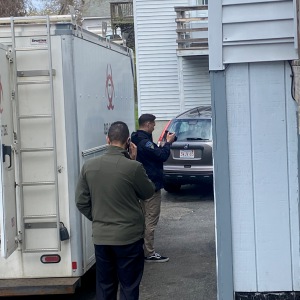 Authorities ID victim in Greenfield slaying
Authorities ID victim in Greenfield slaying
 State records show Northfield EMS chief’s paramedic license suspended over failure to transport infant
State records show Northfield EMS chief’s paramedic license suspended over failure to transport infant
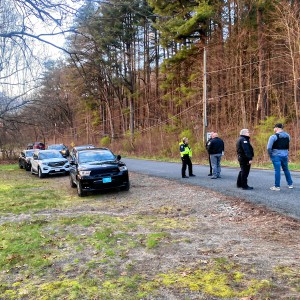 Police report details grisly crime scene in Greenfield
Police report details grisly crime scene in Greenfield
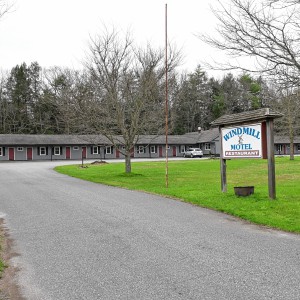 New buyer of Bernardston’s Windmill Motel looks to resell it, attorney says
New buyer of Bernardston’s Windmill Motel looks to resell it, attorney says
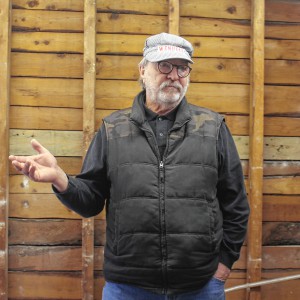 McGovern, Gobi visit development sites in Greenfield, Wendell
McGovern, Gobi visit development sites in Greenfield, Wendell
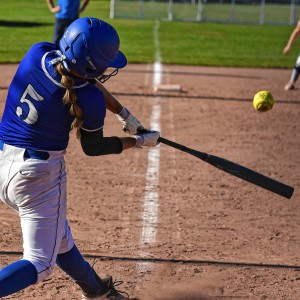 High schools: Seventh-inning rally helps Turners Falls softball edge Frontier 6-3 (PHOTOS)
High schools: Seventh-inning rally helps Turners Falls softball edge Frontier 6-3 (PHOTOS)
Despite the warmer winter and earlier start, “we still get those freeze-and-thaw cycles,” Boyden observed. “But some in Connecticut — poor things — only have a four-day season and they’re done. It gets too warm too soon.”
Boyden added that 40 or 50 years ago, he never started tapping the maple trees until mid-February.
In Petersham, Valcourt Sugar Shack owner Rich Valcourt said he taps between 1,200 and 1,500 trees each season, some on his land and others on nearby properties.
He said the warm weather didn’t impact his work too much, as he begins tapping in January and boiling in early February. This year, the first boil was done on Feb. 12.
“It’s so highly unpredictable,” Valcourt said. “The weather has been up and down.”
Valcourt said new technology, such as vacuum pumps for the trees, has made the process easier, and he saw his highest amount of syrup last year.
“It’s kind of like you don’t know until the season’s over,” Valcourt said. “It’s hard in the beginning to really say how things will shape up.”
In Westhampton, Steve’s Sugar Shack owner Steve Holt said his first boil was the week of Feb. 18, and despite the brief spring-like spell this week, conditions looked good through this weekend.
“Ideally, we get six weeks,” he said of sugaring season. “Sometimes, we’ve had it stop in the middle of March.”
Holt, who has been sugaring for 50 years, has 1,000 taps out on lines and about 100 buckets. He handles all the work himself, with help from his brother Mike.
The Sugar Shack restaurant is open weekends until the second week in April.
Though sugaring is entirely dependent on conditions and a warming climate might seem like a threat, Holt said 2023 was a record year for him. He made 472 gallons of syrup compared to around 350 gallons in a normal year.
“We had a lot of super runs,” he said, referring to when the sap just keeps running, leading to a succession of 14-hour days on the job.
Since there’s no telling what the season will bring, he’s come up with a new slogan: “I’ll get what I’m given.”
Numerous producers started tapping early this year, according to Missy Leab, coordinator of the Massachusetts Maple Producers Association. One Worthington sugarer started boiling sap as early as Jan. 13. Other Berkshire County sugarers started tapping trees around Jan. 20.
“I think most of the smaller producers will start [tapping] around the end of February,” Leab said.
When producing maple syrup, timing is everything. First, the sugar maple trees must be at least 10 inches in diameter and healthy. According to the Massachusetts Maple Producers Association, it takes about 40 years of growth before a maple tree is ready for tapping. Tap too early and the frozen sap won’t flow. But late winter’s freeze/thaw cycle of frigid nights and warmer days stimulates the flow of sap, which is only about 4% sugar. According to the association, boiling about 40 gallons of sap makes 1 gallon of maple syrup, which is 33% water and 67% sugar. However, some sugarhouses use reverse osmosis filtration systems to eliminate some of the water and shorten the boiling time for the syrup.
Sugaring season generally lasts four to six weeks, depending on how quickly the weather warms up. The budding of maple leaves and daytime temperatures higher than 50 degrees generally bring the tapping season to an end. According to the Massachusetts Maple Producers Association, each tap hole will yield about 10 gallons of sap, which is a small portion of the tree’s total sap production. The average amount of syrup that can be made from this 10 gallons of sap is about 1 quart.
Athol Daily News Editor Max Bowen and Daily Hampshire Gazette staff writer James Pentland contributed to this article.

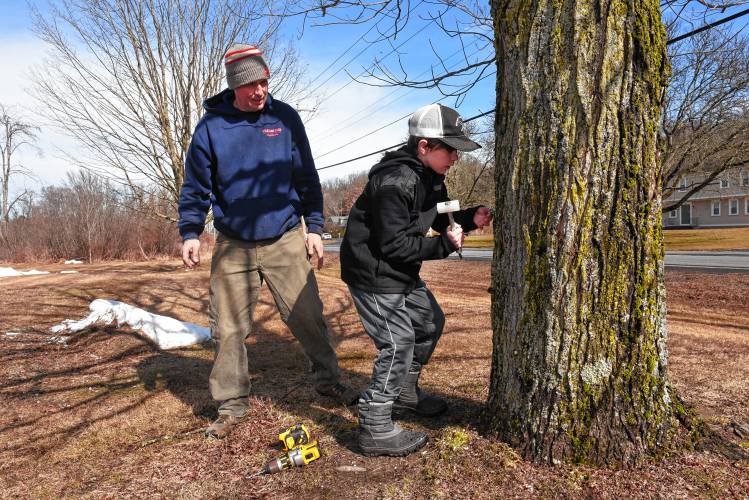
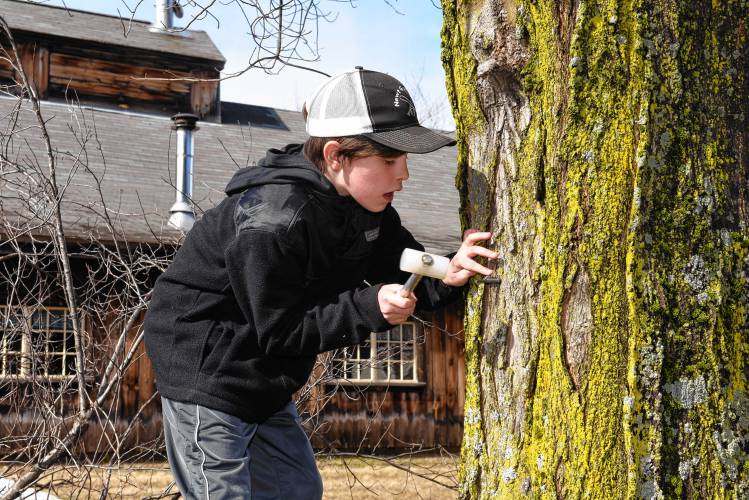
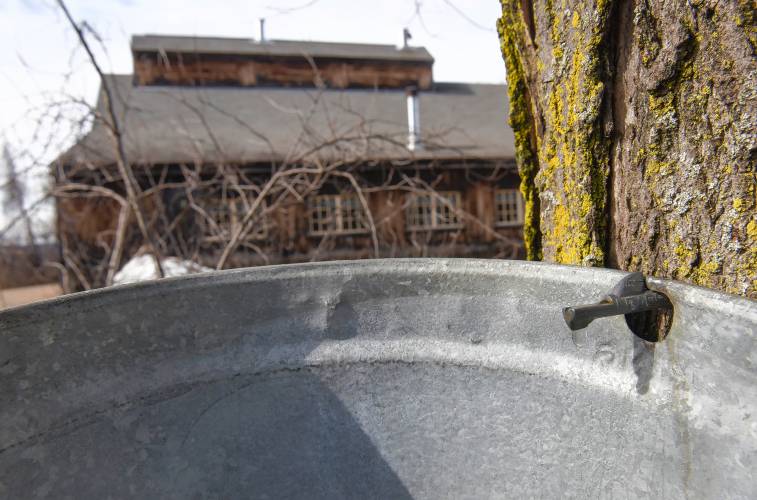
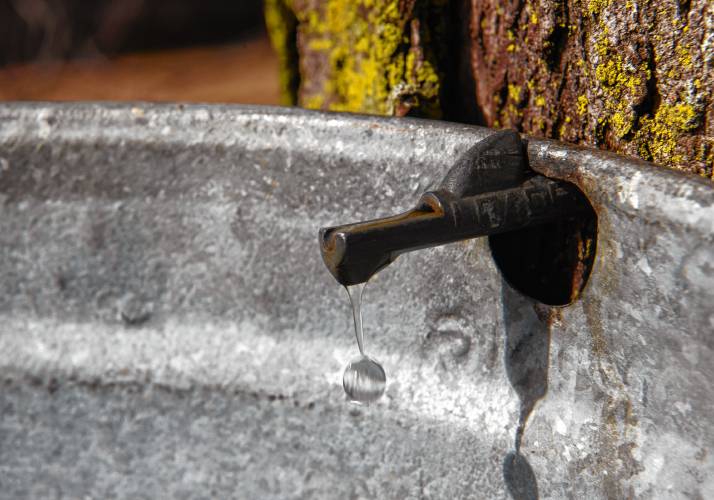
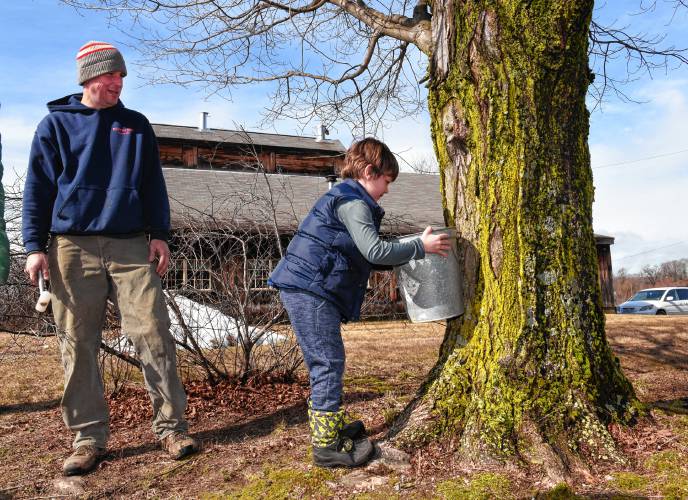
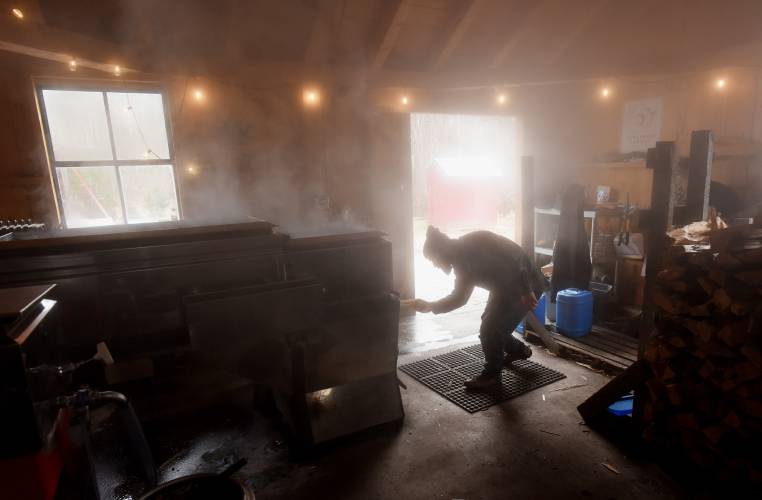
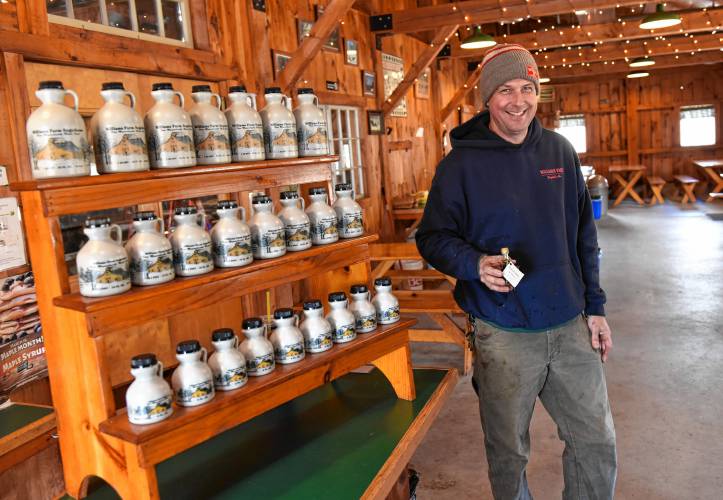
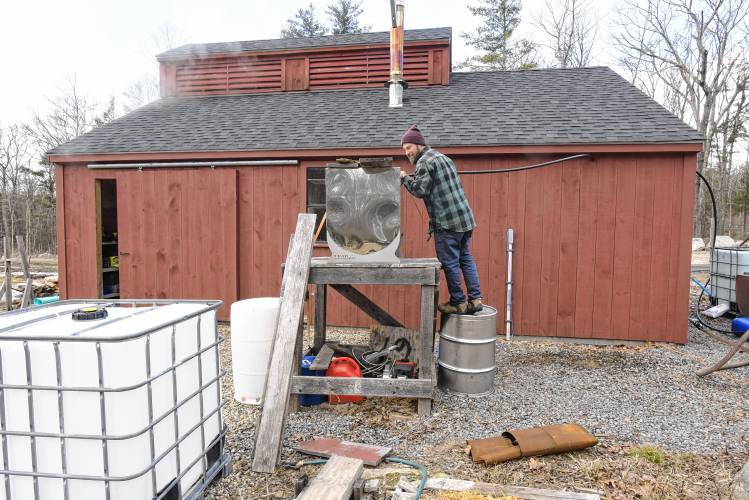
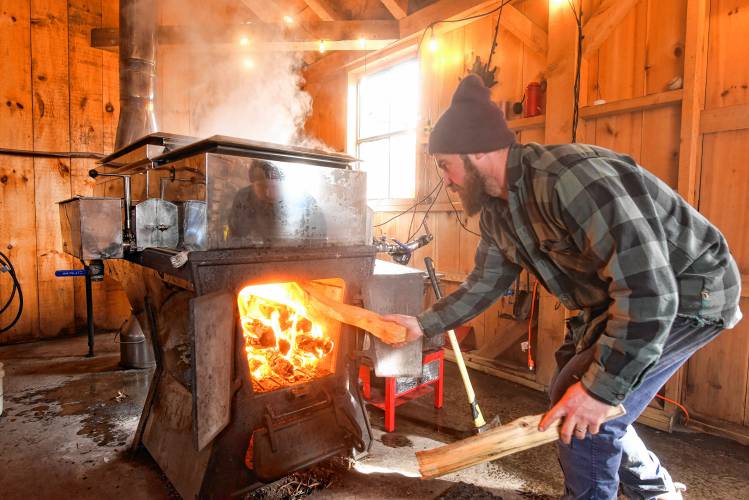
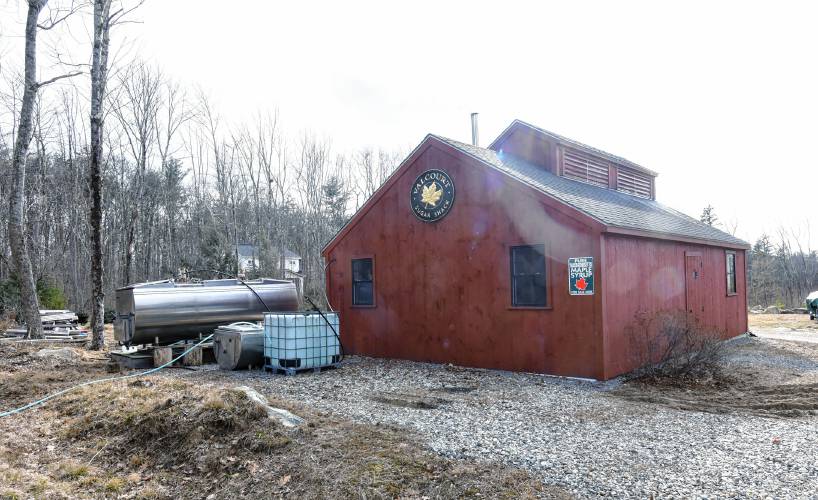
 What are the protocols for emergency transport of infants?
What are the protocols for emergency transport of infants? Frontier Regional School students appeal to lower voting age
Frontier Regional School students appeal to lower voting age
